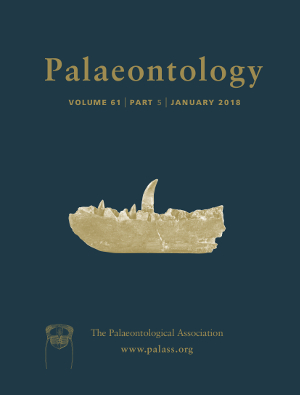Reg. Charity No. 1168330

Vasseuromys is a species‐rich genus of small‐ to medium‐sized glirids spanning the latest Oligocene to late Miocene of Europe and western Asia. Despite extensive discoveries over the past 50 years, little phylogenetic work has been done on Vasseuromys. This study presents the first phylogenetic analysis of the genus that includes all the described species and a new taxon Vasseuromys tectus sp. nov. from the late Miocene of eastern Europe, providing the first insights into the evolutionary relationships within the clade. Results suggest that the genus is clearly paraphyletic. Two strongly supported genus‐level clades are recognized within ‘Vasseuromys’: a restricted Vasseuromys clade (containing the three species, V. pannonicus, V. rugosus and V. tectus) and the Glirulus clade that includes ‘Vasseuromys’ duplex. The remaining ‘Vasseuromys’ species are found to constitute a set of paraphyletic taxa, with the polyphyletic ‘Ramys’ nested within it. The genus Gliruloides is synonymized with Glirulus. Vasseuromys tectus sp. nov. is the most derived member of the genus in having a greater number of cheek teeth ridges including constantly present anterotrope, centrotrope, second prototrope on M1–2, third metatrope on M2, two to three posterotropids on p4 and strong ectolophids on lower molars. The results of the study confirm a European origin for Vasseuromys while suggesting that the late Miocene species of the genus dispersed from the east in the early Turolian.